AI, Automation and Onboarding: Key Priorities for AI In HR for Leaders
“In our latest research, 81 percent of talent and learning leaders say that the current pace of change will drive a need for reskilling and upskilling employees.”
Look at any news resource today and you’re bound to see countless mentions of artificial intelligence. This technology is affecting everything from our work environments to our home and social lives, and the impacts are far-reaching. One of the biggest concerns is around AI in HR is jobs. For instance, McKinsey’s research says that about 50 percent of current work tasks are automatable by leveraging existing technologies.
What does this mean for talent leaders? The good news is that for every report like the McKinsey one, there are other stories of companies that are having to hire even more staff once they implement AI technology, because as they become more efficient they can serve even more customers. The bottom line is that we ultimately don’t know what will happen with job creation and elimination due to automation and AI in HR. What we do know is that disruption is will be a key factor.
Disruption and the Role of Onboarding
For quite some time, we’ve known the value of onboarding as part of the overall employee experience. Delivering a structured, strategic onboarding experience can help to pave the way for long-term employment and high engagement for new staff members. However, there is another component that is perhaps even more powerful.
In our latest research, 81 percent of talent and learning leaders say that the current pace of change will drive a need for reskilling and upskilling employees. Therefore, instead of looking at onboarding only as a tool for new hires, why not consider it for transitions into internal roles as well? Within this broader conversation of AI and automation, we know that jobs will be changed and people will shift in their roles over time. Leveraging a comprehensive onboarding solution can help to ease those transitions, minimizing disruption and creating a path to higher productivity for affected workers.
If AI is fear-inducing because of its potential for automation and job change, onboarding is the best way to reduce that fear and confusion by creating a clear vision and path for the workforce to follow.
The History of Automation
As I point out in my new book, Artificial Intelligence for HR, we see a recurring trend in job evolution over time. Throughout history, every time mechanical, technological, or even digital automation occurs, the resulting jobs and tasks are more human in nature.
For HR and talent leaders, this is a positive indicator. The work you do is already wrapped up in the core “human” fabric of work, but this is an encouragement to prioritize the identification and development of those key skills that are not easily automated by machines, algorithms, and robots. From a practical perspective, think about using the onboarding process not just as a way to educate someone on their new tasks and role, but also as a way to encourage the right behaviors. For instance:
- How can you encourage creativity and experimentation among the workforce?
- How can workers be recognized or rewarded for showing compassion to their peers and customers?
- How can teams be highlighted for being highly collaborative and supportive of each other?
Each of these components *creativity, curiosity, compassion, collaboration, and critical thinking) are some of the core human skills of work. Algorithms can’t replicate these human skills, so we need to prioritize them in the interactions and approaches we take to the work environment.
In the end, we don’t fully know what to expect in the era of automation and AI in HR. The only thing we know for sure is that change is a constant, driving force. The good news is a strategic approach and the right tools can help employers to not only survive, but thrive, in these uncertain times.
Hiring—and keeping—the best talent is crucial for achieving financial and strategic goals. Find out more by downloading: The Value of Employee Engagement in the Age of Digital Disruption.
This blog post comes from Ben Eubanks, a Principal Analyst at Lighthouse Research & Advisory, where he oversees the development of research, assets and insights to support HR, learning and talent executives. He is an HR industry analyst and influencer and the founder of HR community upstartHR, the co-founder of the HRevolution movement and host of the We’re Human podcast.



















